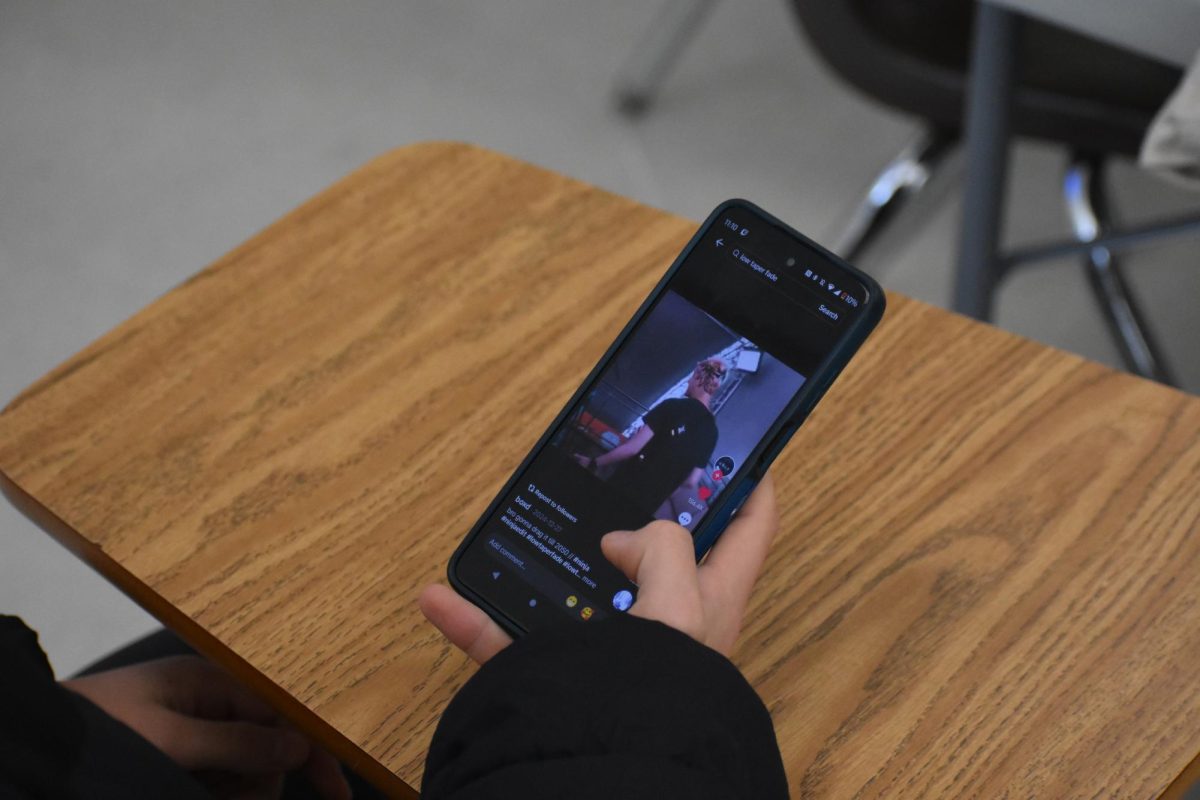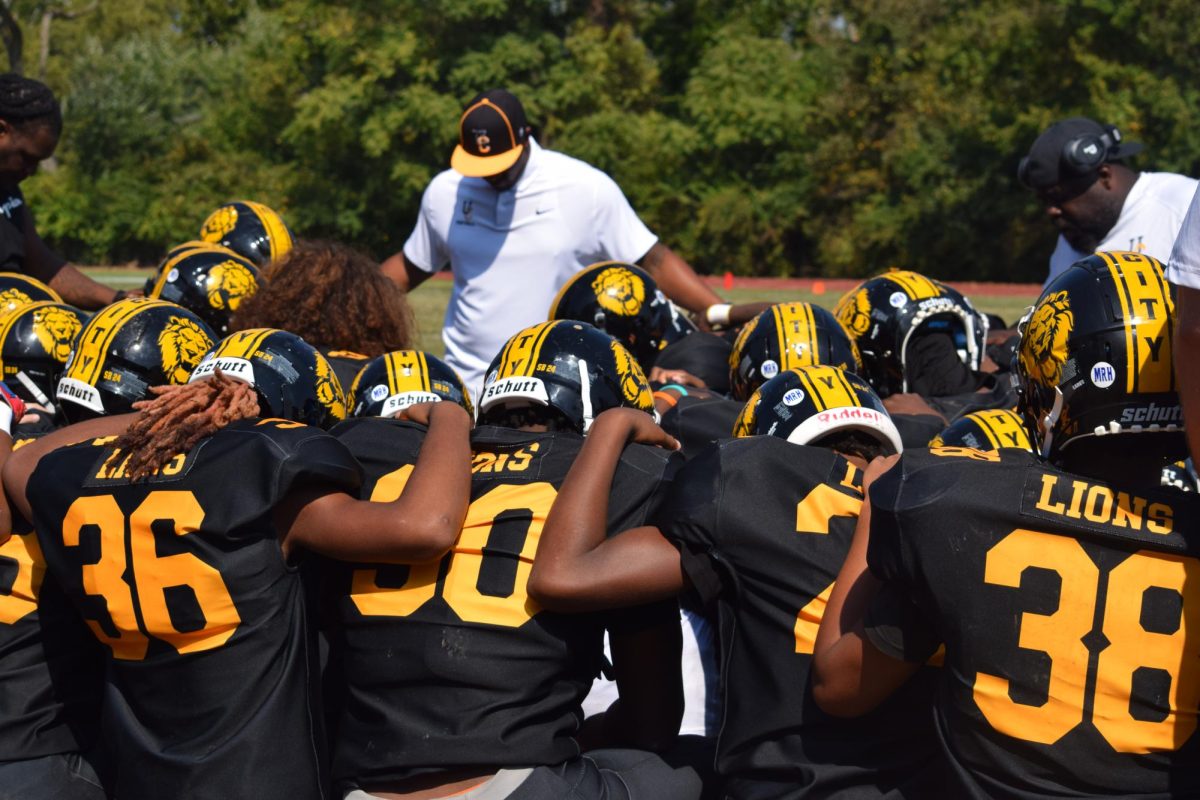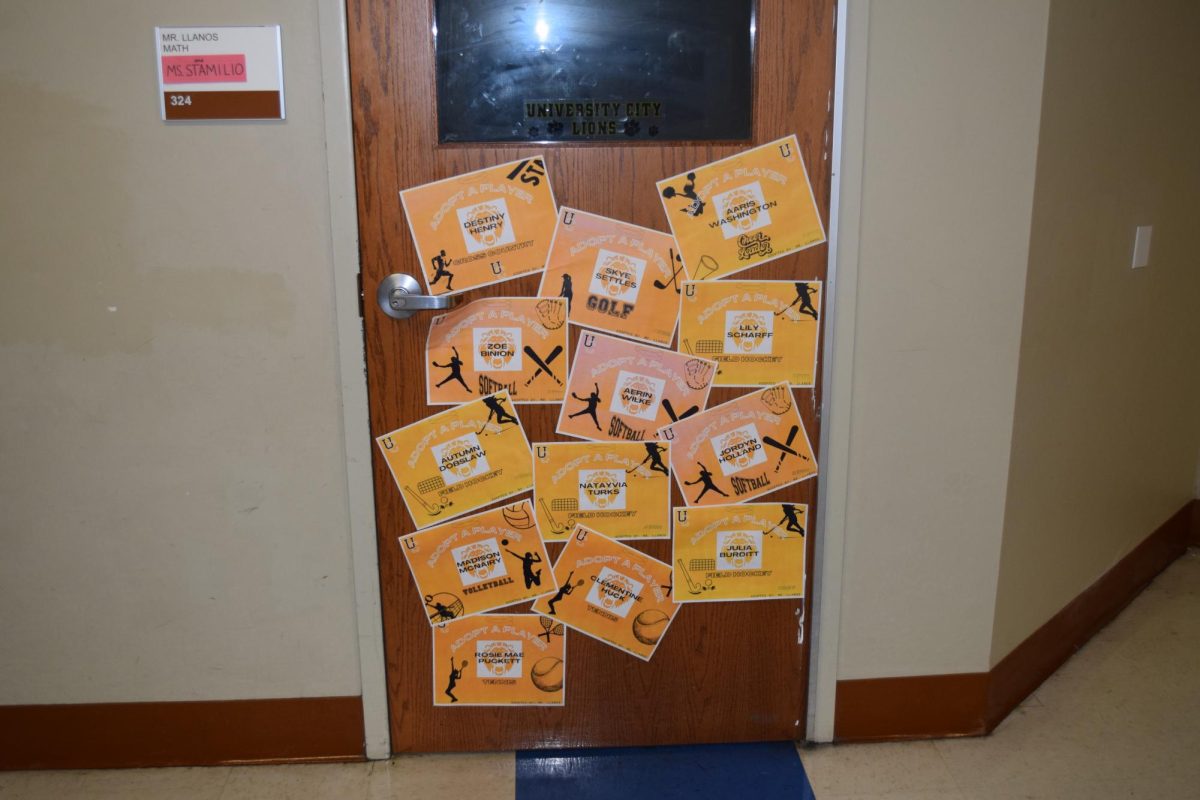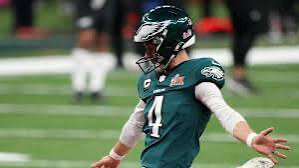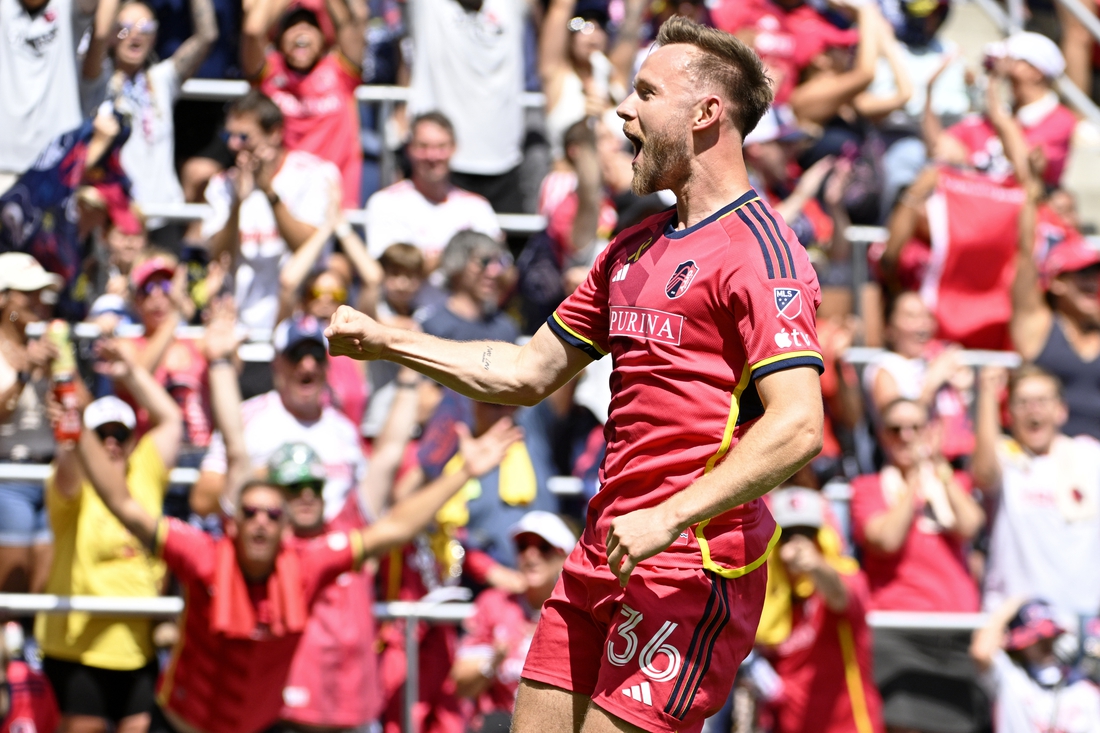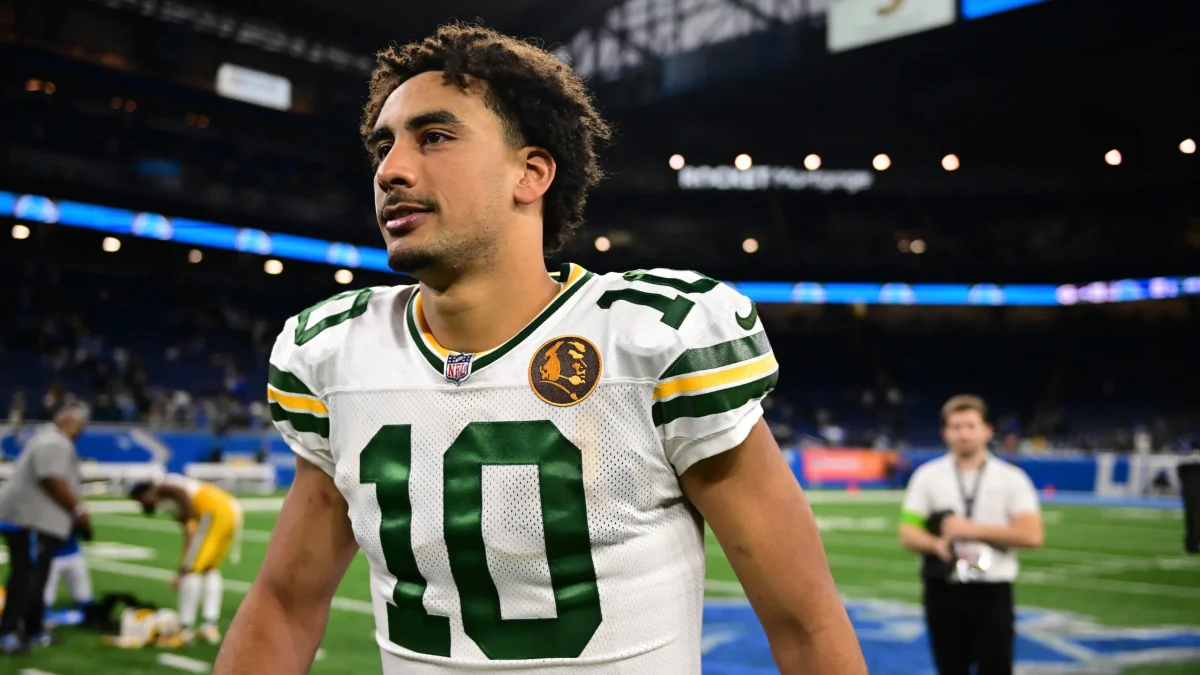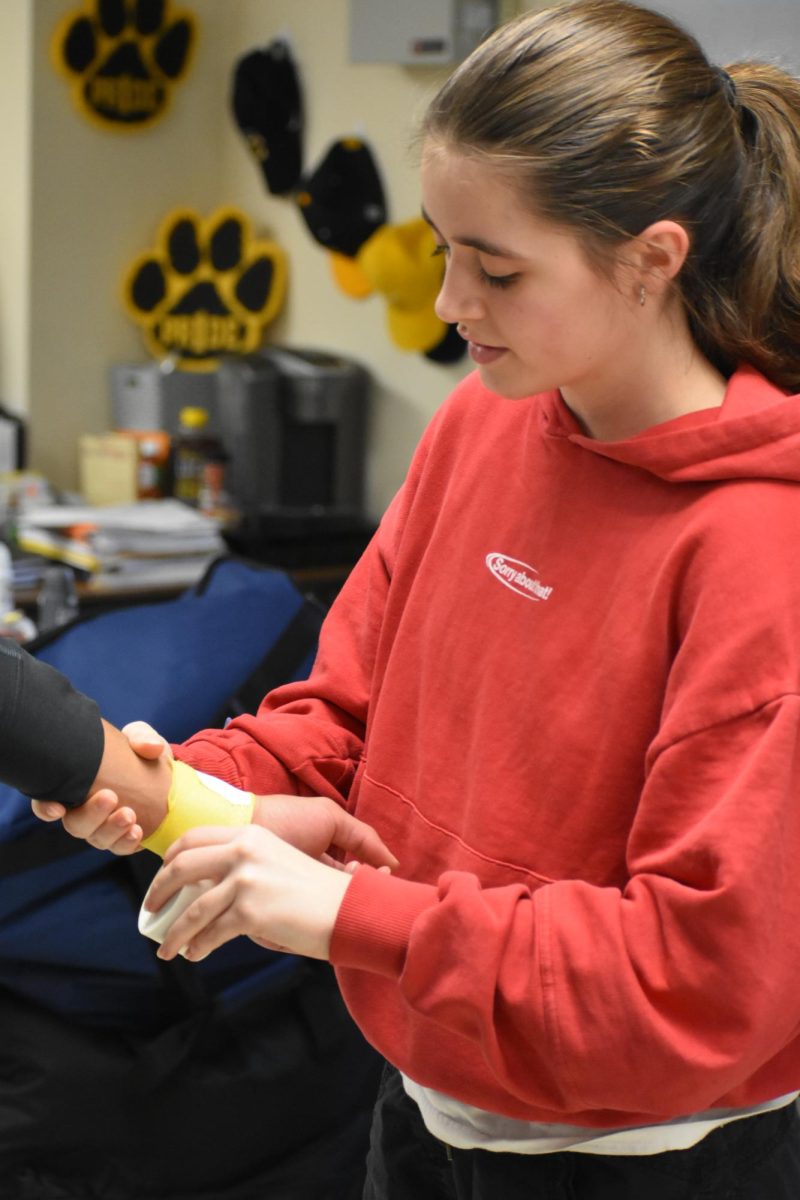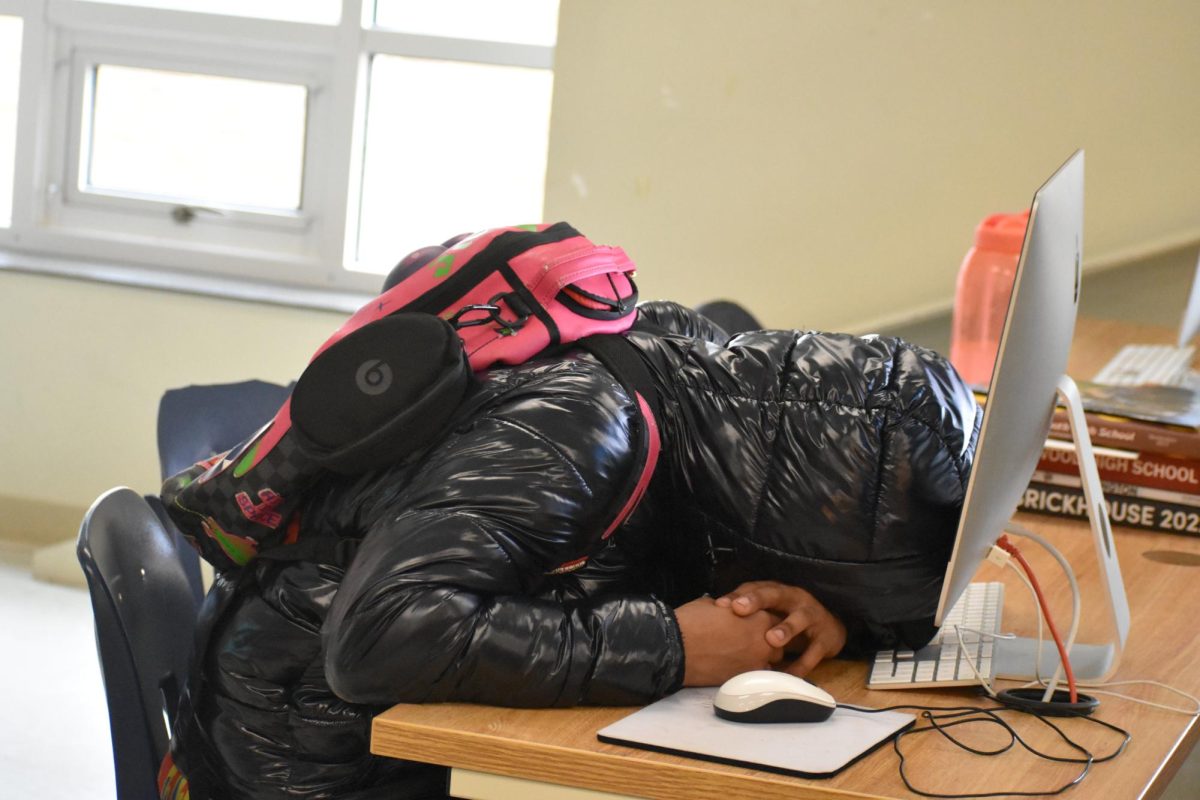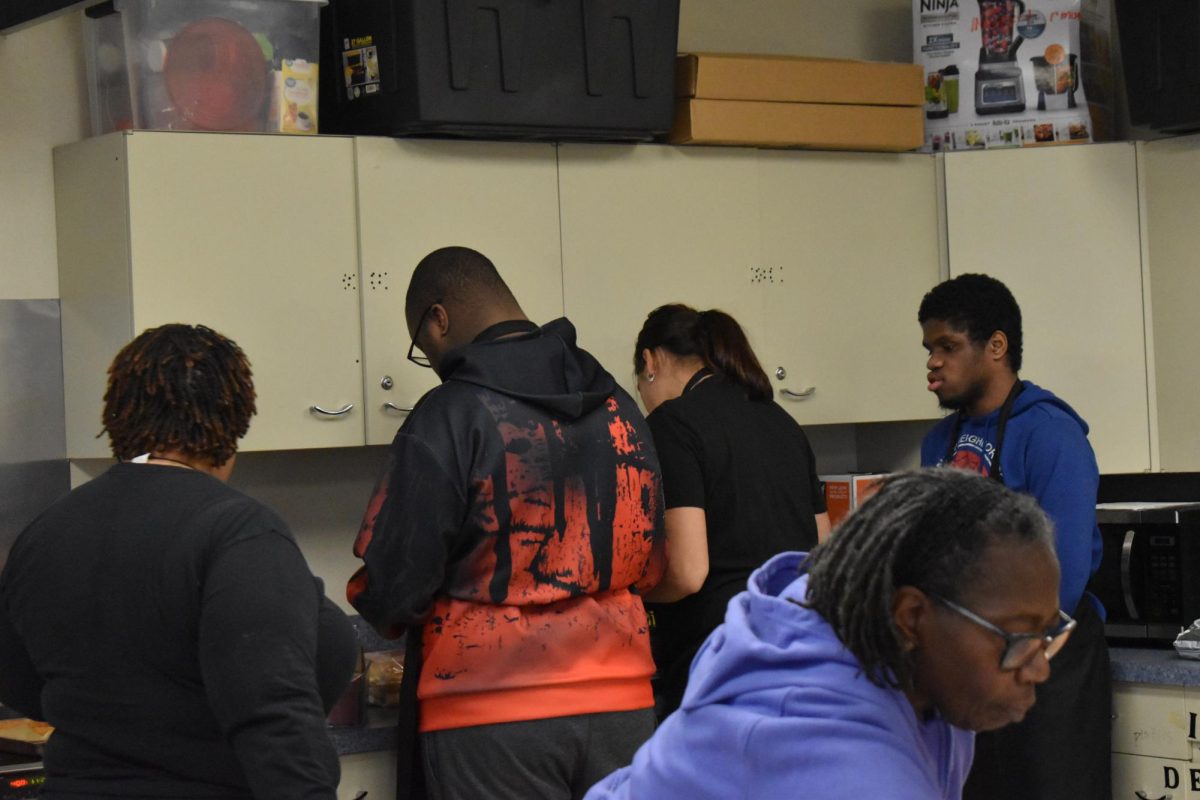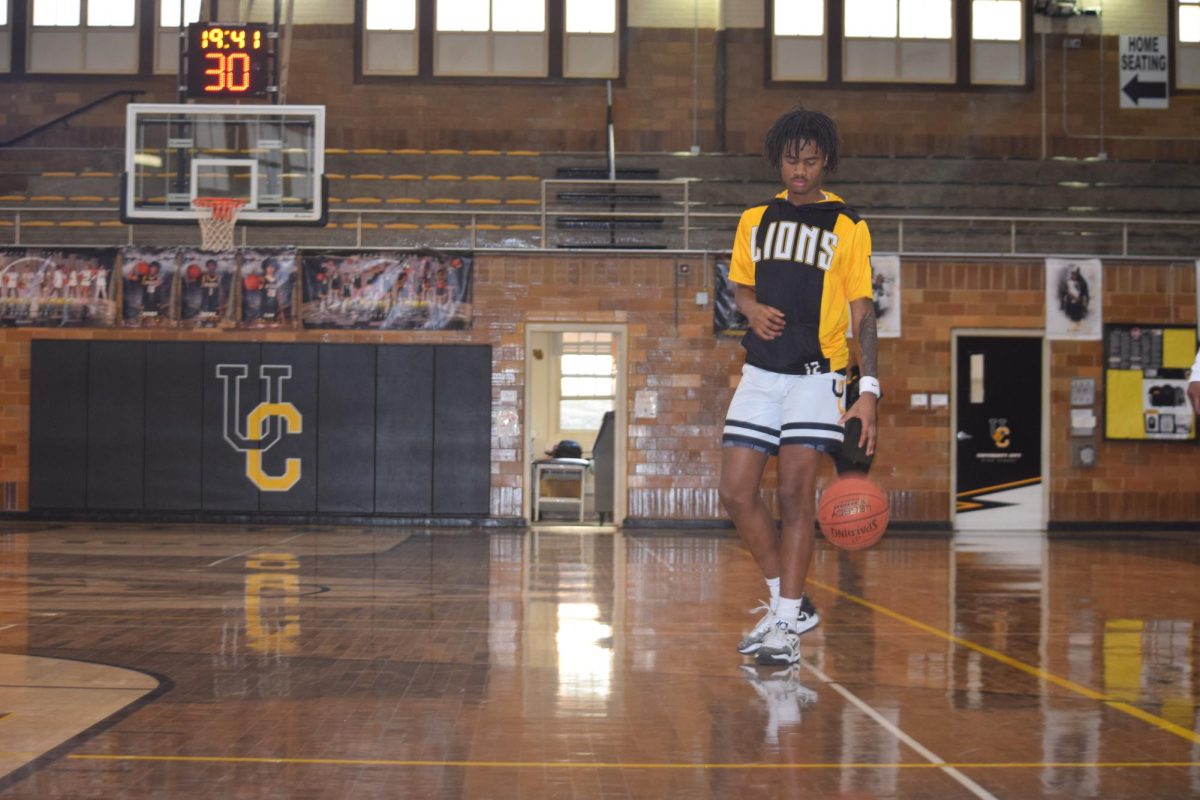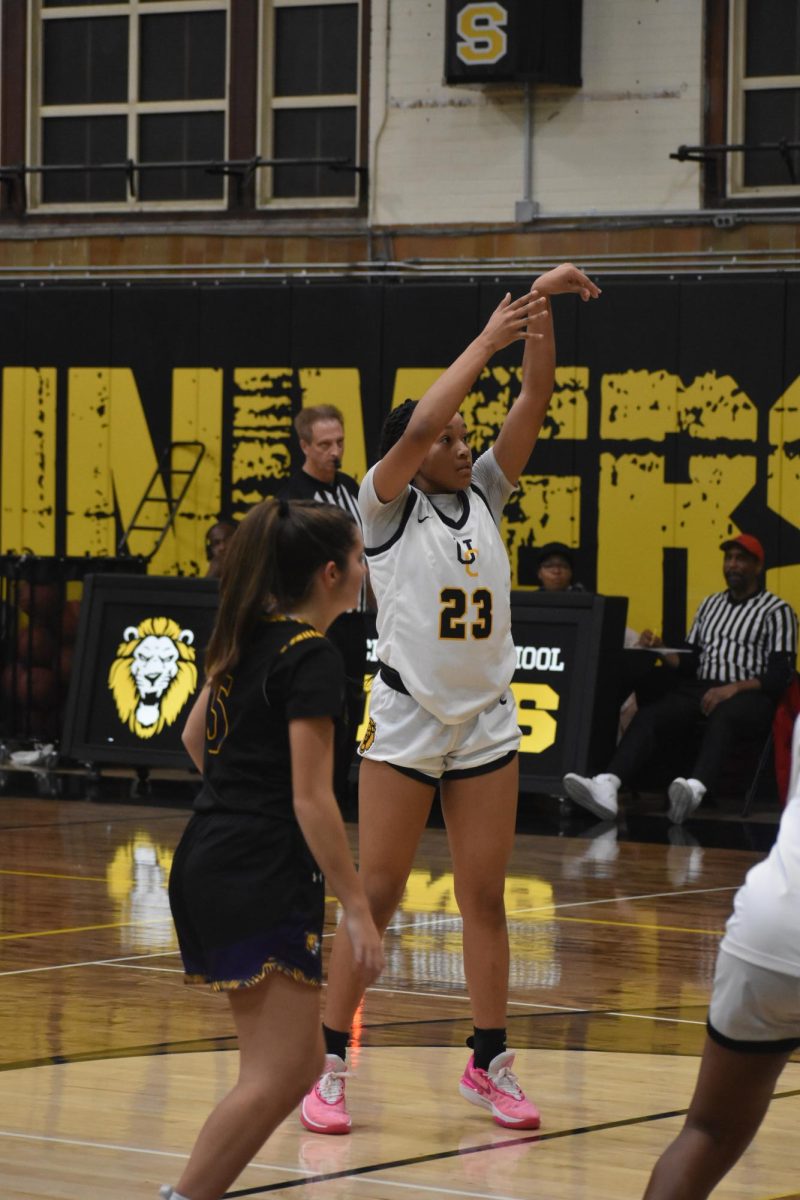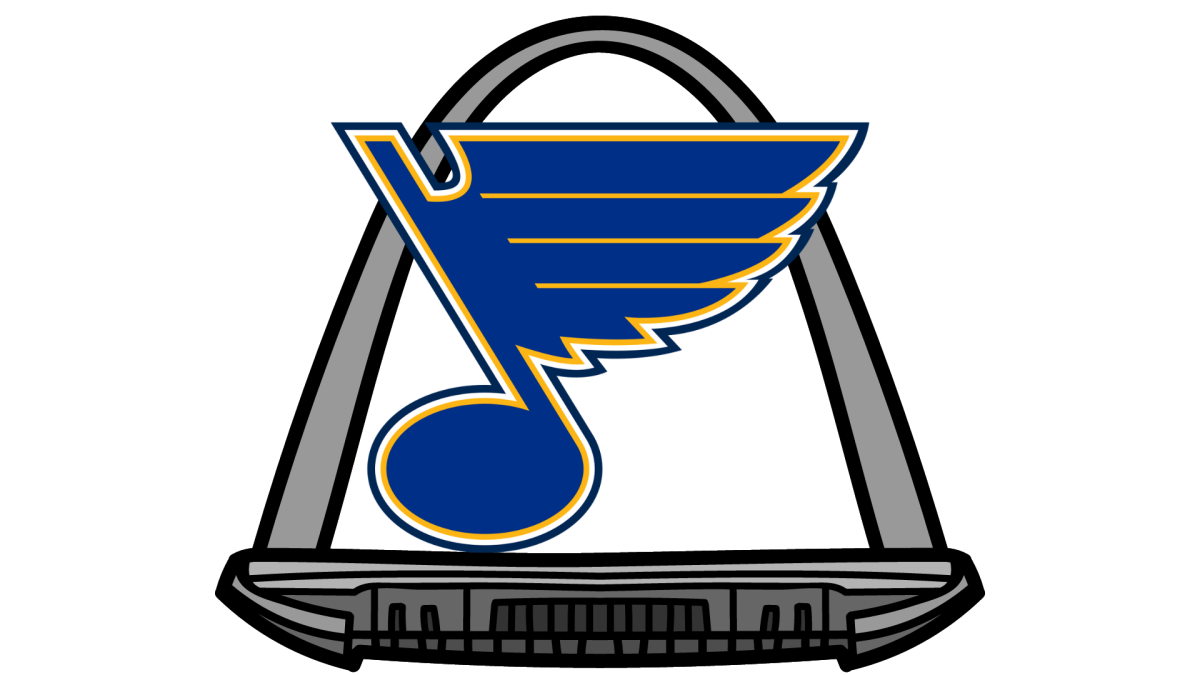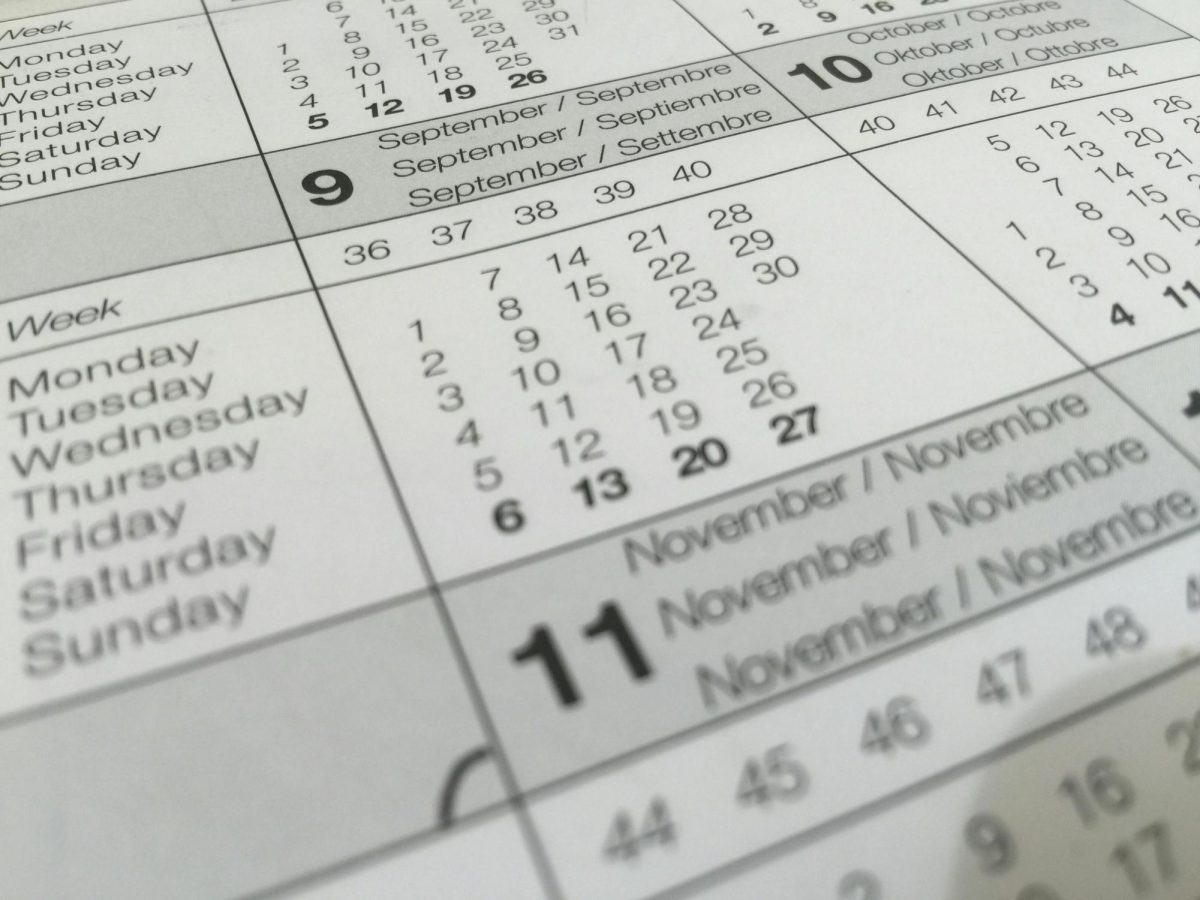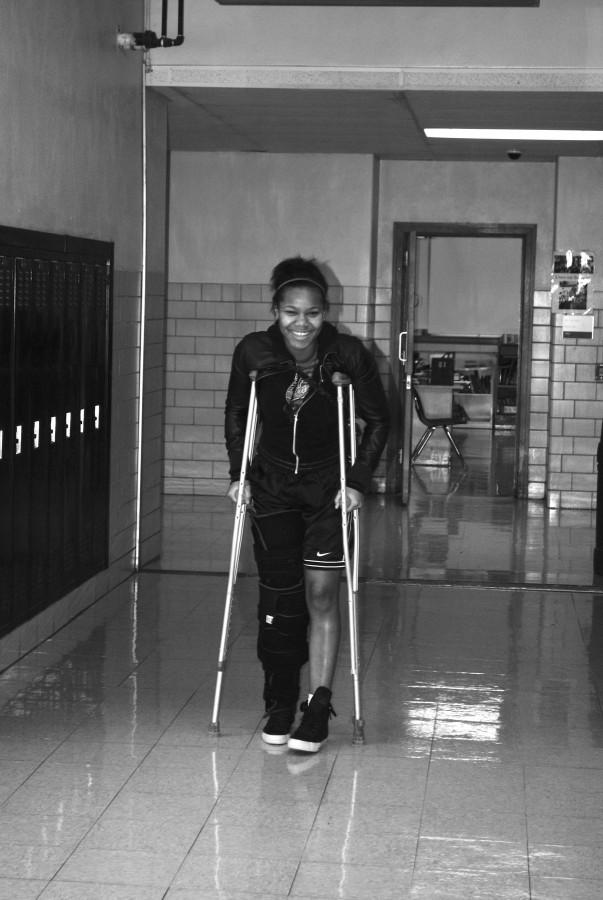The start of a new season brings much anticipation and excitement for many high school athletes. Hours are poured into pre-season training and the extra work on perfecting specific skills in order to prepare for the upcoming season. But what happens when an unexpected accident causes an injury that threatens their participation in the reminder of the season and possible college recruiting?
“When I first learned I would be out for six months I was really sad,” said senior field hockey starter Merinda Morley.
“Sports were my life and I didn’t know a life without them. Field hockey is not only a hobby but therapeutic for me.”
More serious injuries have caused some athletes to miss the remainder of the season due to the severity of the situation.
Many high school athletes are now required by the state to be cleared by a doctor before returning to practice or games.
“I have to follow many things, especially [pertaining to] injuries,” said U. City athletic trainer Shenay Dewberry.
“Particularly when it comes to concussions, if an athlete comes to me complaining of at least one symptom of concussion after a hit to their head or taking a blow to the body that causes the head to jerk they have to see a doctor. That doctor has to be a MD, DO, or Physician Assistant. They are the only ones who can clear an athlete to return to play. ”
Recently, the Missouri State High School Activities Association (MSHSAA) has amplified their regulations on injuries throughout high school athletics. This is due to many high school athletes having traumatic head injuries that have gone unreported and then have experienced brain problems later in their life, from not taking the proper time to recover.
Now when as athlete experiences only one symptom of a concussion they are required by the state to go a doctor and thus be cleared. Athletic trainers follow the ‘when in doubt sit them out” philosophy especially relating to concussion and other injuries.
There was no specific event that caused the regulations to shift, according MSHSAA’s Jason West.
“In sense it was more reactive than proactive,” said West.
MSHSAA aimed to educate people on the severity of head injuries, from research and other studies done.
This increase in stricter rules has caused many athletes to struggle coming back into the sport after not playing for part of the season.
Once an athlete does become injured, many of them take the recovery into their own hands. Personal training and participating in team activities (lifting weights and working in the weight room) have improved recovery time.
“Working out at home has helped me recover,” said sophomore varsity football player Chris McFadden. “Sometimes when at home watching T.V and a commercial comes on I’ll do pushups until it comes back on. Lifting weights with the team has also helped.”
McFadden suffered from a loss of cervical liquid around the spine and ankle injury in the season.
“It was too high of a risk to clear me out to play again,” said McFadden.
Despite an unfinished season, high school athletes look towards the future when they will be able to play again and for some at a college level.
“Knowing I will be playing in the fall at the collegiate level reminds me my athletic career isn’t over,” said Morley. “And the fact that I’ll be cleared to play sports in six months has me itching with anticipation. It’s something to look forward to.”

